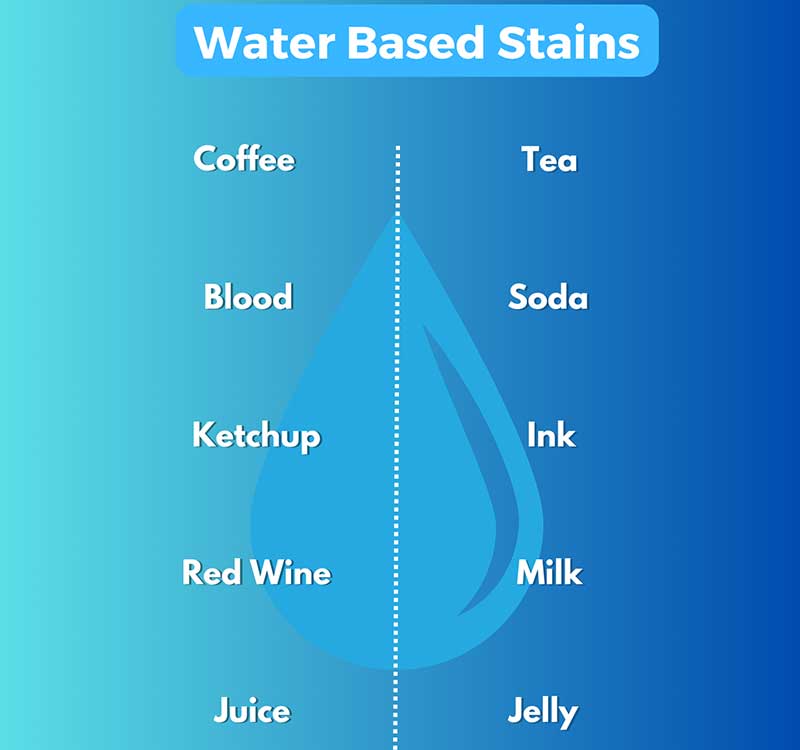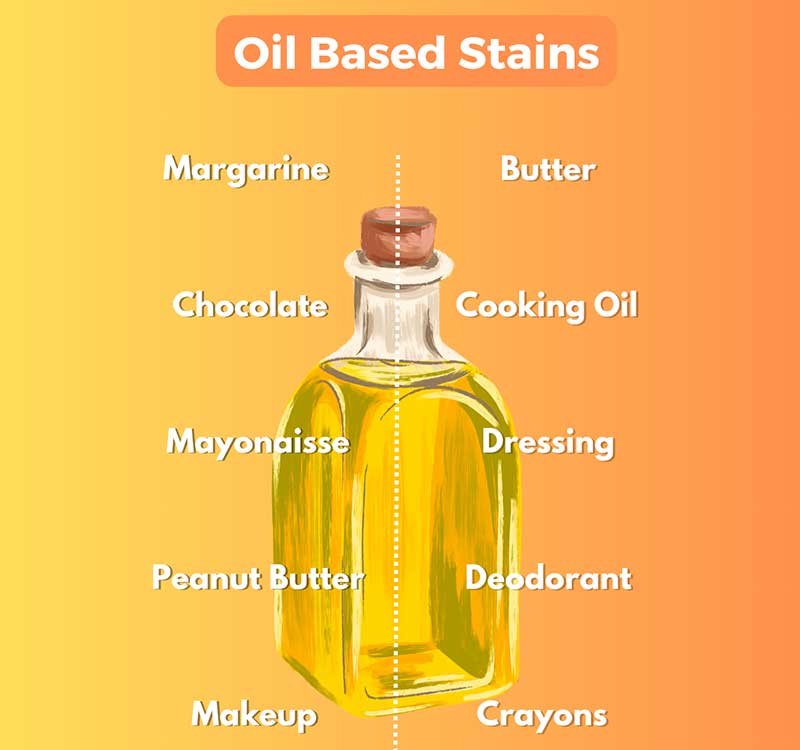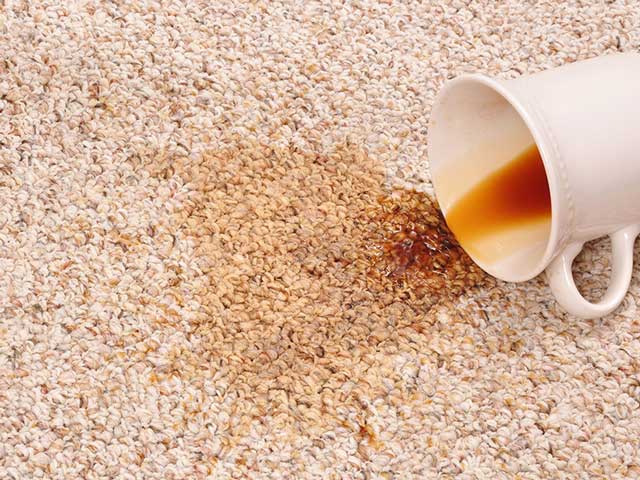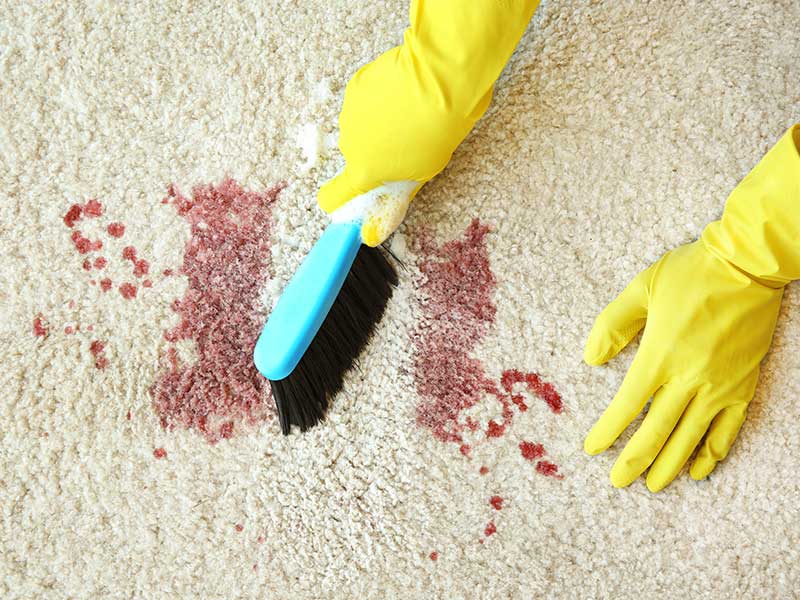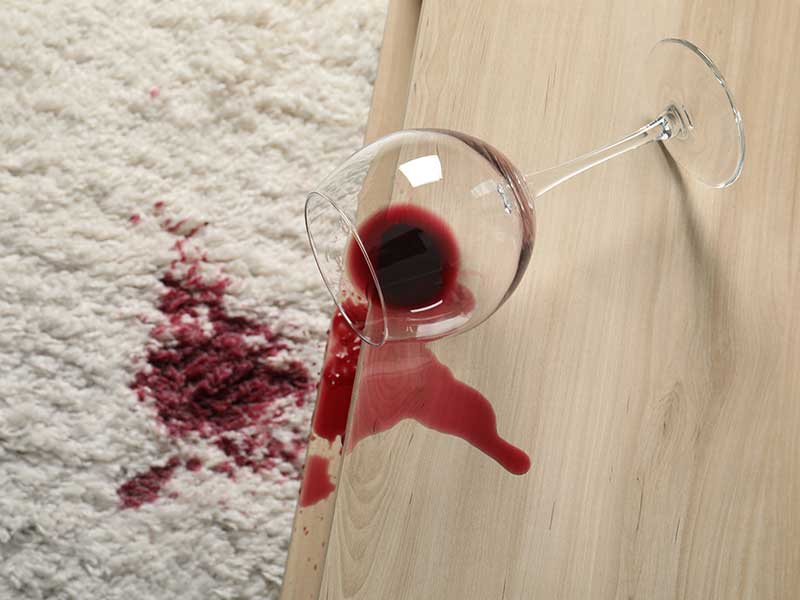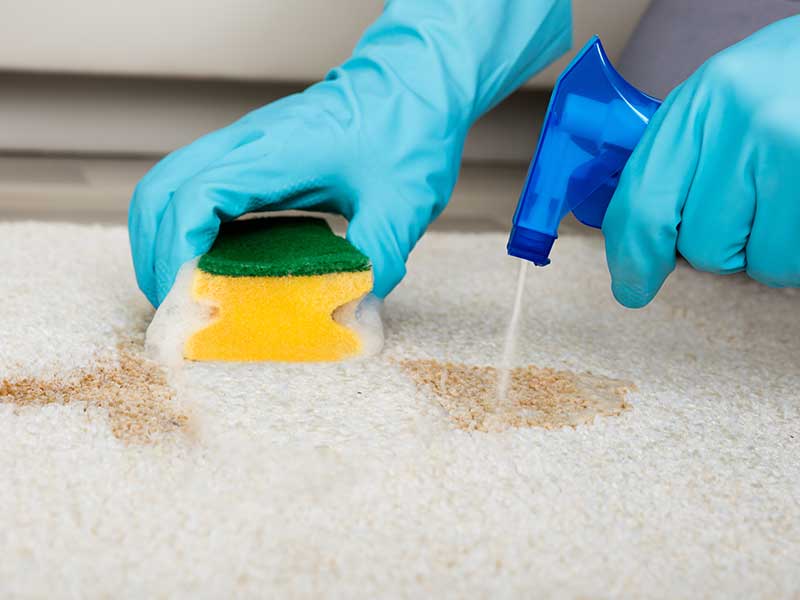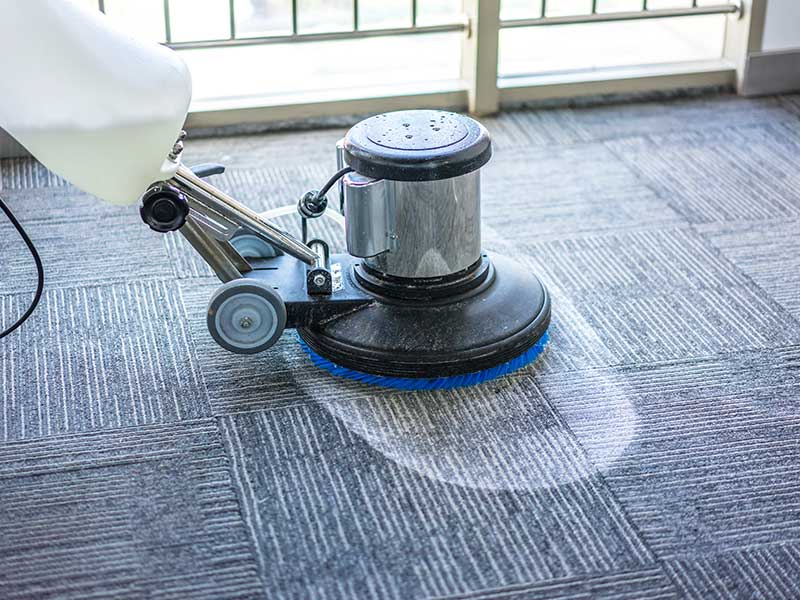How often do you clean your carpets? You might be cleaning your carpets within six months or a year, right? Or, are you avoiding regular carpet cleaning (weekly/biweekly), because you think this will lose the grace of your expensive carpet? Well, that’s not so true! Your carpet will not get ruined if you use the proper tools and techniques. You can also clean carpets using DIY methods of carpet cleaning. And when you feel that your carpet really needs a professional touch, bring it to Carpet Cleaning CDA or Hayden. Clean master keeps all cleaning techniques in mind, which is why we have been serving for 20 years. So, let’s talk about different types of carpet cleaning methods our experts are skilled with.
Dry Carpet Cleaning
This is one of the modern approaches used by the carpet cleaning industry. And do you know this cleaning method is gaining so much popularity? It doesn’t need much drying time and sustains the newness of the carpet for years. In fact, almost all carpet manufacturers recommend this because of its efficient cleaning and convenience.
It’s Working
The cleaning compound (powder) into the bottom of the carpet using a motorized counter rotating brush machine. The cleaning compound used in this method is biodegradable and acts as micro-sponges while cleaning. This method opens up the carpet fiber and enables the cleaning compound to settle, eventually resulting in deep carpet cleaning. For commercial carpet cleaning, this method fits well, as it takes less time to dry the carpet. So, offices, which run 24/7, mostly choose this carpet cleaning method.
Hot Water Extraction Carpet Cleaning
Clean master’s experts keep the carpet overnight for drying after cleaning them thoroughly. This method is also known as steam carpet cleaning, and experts treat the carpet with hot water. As it comes under wet cleaning, carpet takes time to dry for 5 to 6 hours.
It’s Working
Firstly, the dirty surface is treated with high-pressure hot water. The second starts with applying a cleansing agent on the surface of the carpet. Then the carpet is agitated with brushes and rinsed. Experts will let the cleansing agent settle on the carpet for a while and then wash away thoroughly with the washing equipment. And then comes the drying part, where cleaners let the carpets dry in an air-conditioned room.
Carpet Encapsulation
The carpet shampooing technique is actually replaced by encapsulation, as it was time-consuming and ineffective. Encapsulation tends to clean the carpet without leaving any residue behind.
It’s Working
Synthetic detergents are applied over the carpet, which then crystallizes into a powder foam on drying. This powdered foam contains all the loose particles that came out of encapsulation. Now the entire foam can be cleaned or vacuumed entirely.
Conclusion
Our Carpet Cleaning experts are well-known for the methods mentioned above. So, if you are looking for professional carpet cleaning, Clean Master is at your doorstep; just a matter of a call.




